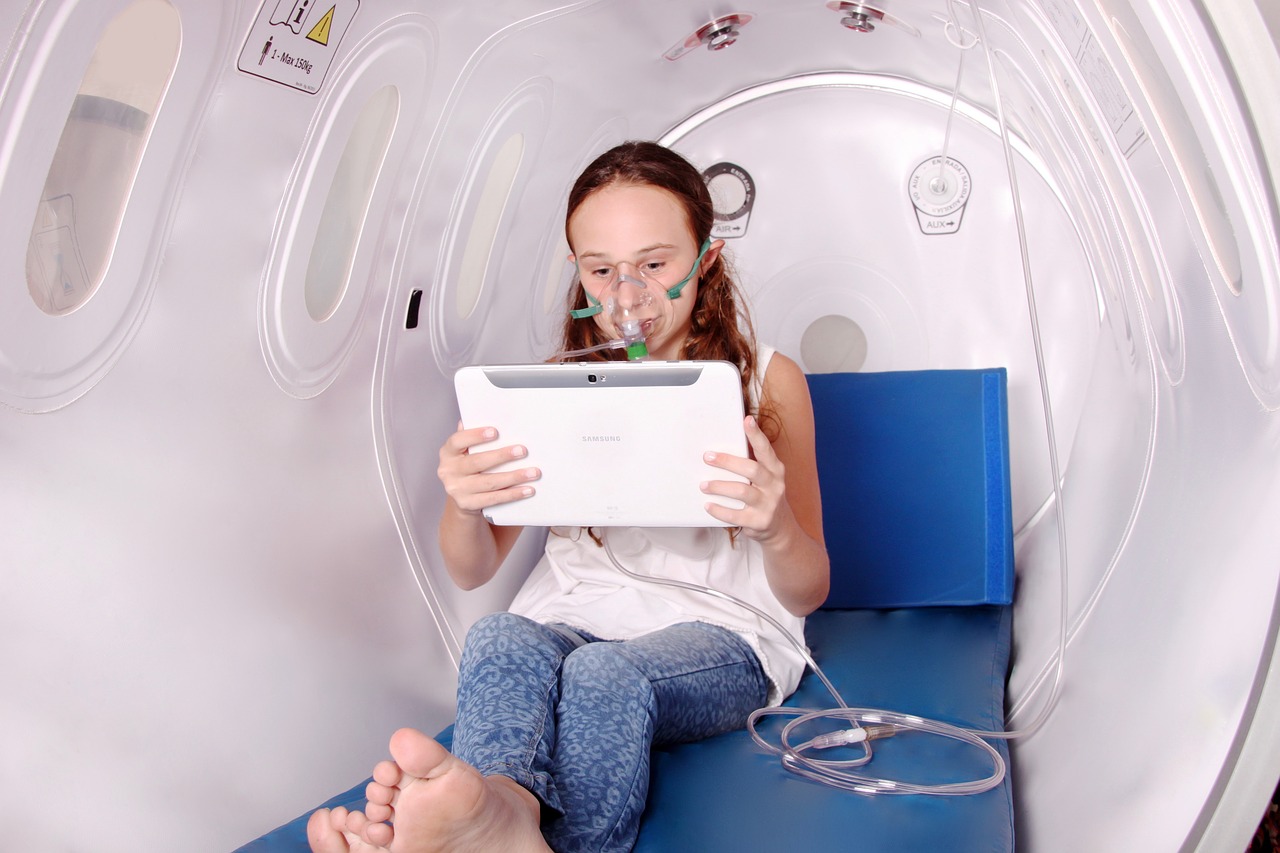The sight of crow’s feet, sagging skin, or age spots inevitably reminds us of our growing age. To slow down natural or premature aging we spend tons of money on artificial cosmetics and surgeries to achieve brighter-looking youthful skin. Hair dyes to hide the grays, anti-aging & anti-wrinkle creams, and cosmetic surgery are available in galore to counter the body’s ticking biological clock.
However, none of these products can actually stop us from aging or help us regrow the damaged cells. Sagging skin and wrinkles are a result of internal damage to our body and cannot be fully rectified by applying creams and ointments on the surface. True anti-aging mechanism focuses on the core issue and tries to increase collagen production, which is responsible for skin elasticity and texture.
How Does Wrinkle Formation Take Place?
Factors such as exposure to environmental pollution, overexposure to solar UV radiation, poor nutrition, smoking, and many more are responsible behind the formation of wrinkles, scars, age spots, and blemishes on our skin. Wrinkle formation can take place either due to genetic aging or due to factor-caused aging. While genetic aging is a natural process that takes place over time, factor-caused aging can cause premature wrinkle formation.
Researchers have also found a correlation between the formation of new blood vessels (angiogenesis) and skin wrinkling. They further stated that angiogenesis can be caused by hypoxic conditions apart from exposure to UV-B radiation.
Hyperbaric Oxygen Chamber and Its Anti-Aging Properties
A 2014 research has named oxygen as a core element in the treatment of photo-aging, complexion improvement, and skin rejuvenation. Since hyperbaric therapy involves the usage of 100 percent pure oxygen inside a hyperbaric oxygen chamber, interest in this treatment modality has increased gradually over the years. Every day as soon as we step out of the house, our skin is exposed to UV radiation, especially UV-B, which boosts wrinkle formation by increasing skin angiogenesis along with the degradation of extracellular matrix molecules. The hyperoxia conditions created inside the hyperbaric oxygen chamber has been found to be effective in diminishing the rate of wrinkle formation from UV radiation.
Hyperbaric therapy possibly restrains or prevents the different process and pathways involved in the growth of skin angiogenesis in its active state. Vascular Endothelial Growth Factor (VEGF), HIF1-α, MMP-9, & MMP-2, and neutrophil infiltrations are some of the pathways and processes responsible for boosting skin angiogenesis. Apart from these, UV-B radiation has also been found to form cutaneous angiogenesis. For the uninitiated, cutaneous angiogenesis is the formation of new blood vessels from the existing ones in the skin. Extensive scientific research has associated skin wrinkling not only with UV-B radiation but also with the deficiency of oxygen reaching to the skin tissues (hypoxia).
Hyperbaric Oxygen Chamber and Its Role in Skin Rejuvenation
• Counters HIF-1α Protein:
UV-B radiation causes cutaneous angiogenesis by producing the HIF-1 protein in the skin leading to the wrinkling of the layers. This protein can further be divided into two subcategories, namely alpha (α) and beta (β). The HIF-1α stabilizes under hypoxic conditions and promotes skin angiogenesis to make up for the deficiency of oxygen.
The only way to degrade the stabilization of HIF-1α is to expose the protein from normal to high levels of oxygen. Thus with the use of hyperbaric oxygen chamber, the HIF-1α protein degradation will increase leading to the reduction of angiogenesis and skin wrinkling.
• Lowers Neutrophils:
The pathways and process leading to the formation of skin wrinkling are connected to each other in the form of a vicious circle. For instance, neutrophils, which are inflammatory cells in our body, are capable of damaging or destroying the extracellular matrix of the body, causing blistering skin disorders. Neutrophils are the most abundantly found white blood cells in our body. Therefore, after experiencing a certain level of damage in the tissues, these neutrophils move towards the damaged area leaving behind the bloodstream. The neutrophil influx can take place when our skin or the damaged tissue is exposed to UV-B radiation, leading to the loss or breakdown of skin elasticity.
However, if we look deeply, all these processes are associated to each other. UV-B radiation is responsible for cutaneous angiogenesis and these new blood vessels can lead to the increase in neutrophil influx to the damaged area. Studies have reported that hyperoxic conditions created by the hyperbaric oxygen chamber effectively slow down the formation of new blood vessels in the skin, thereby blocking the pathway of neutrophil infiltration to the damaged area.
• Boosts Collagen Formation:
Collagen is the most abundantly found protein in our body and is directly related to the maintenance of skin elasticity and strength. The type 1 collagen is found in skin, muscles, bones, blood vessels, linings of the digestive system, and the tendons in our body. Apart from assisting in the maintenance of elasticity and strength, collagen also replaces the dead cells of the skin. With growing age, the collagen production of our body slows down, leading to the formation of sagging and wrinkle filled skin. Thankfully, HBOT has been found to boost collagen production, leading to renewed skin elasticity and youthful looks.
An oral drug for treating neuropathic pain from diabetic peripheral neuropathy. Pregabalin is marketed by Pfizer under the brand name Lyrica.
In Conclusion:
With the course of time, the usage of hyperbaric oxygen chamber has increased significantly for treating a number of health conditions. This alternative skin care treatment is non-invasive and bathes the body with pure oxygen which can also help in countering other ailments such as autism, traumatic brain injury, concussions, decompression sickness, carbon monoxide poisoning, and more.




